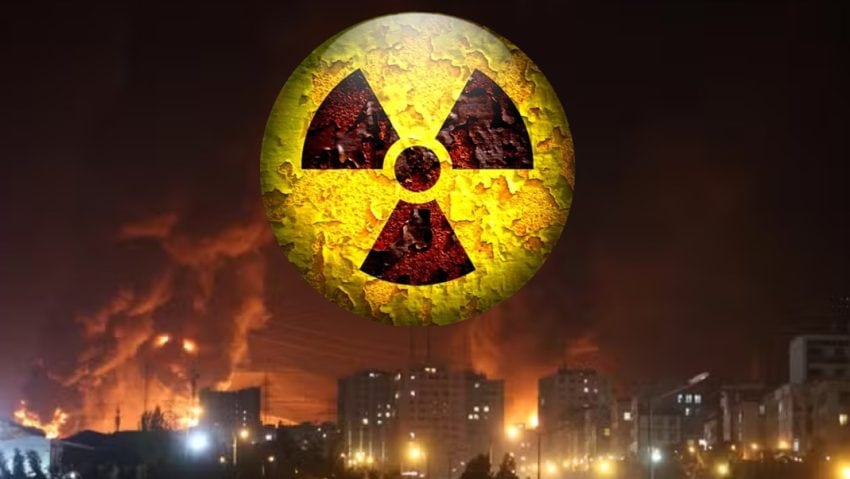TEHRAN – Amid deepening crisis in the Middle East, the world witnessed another chaotic event as US jets bombed Iranian nuclear sites, causing fear of nuclear fallout.
Amid concerns, Iranian officials rejected fears of nuclear fallout after coordinated US airstrikes on three of its major nuclear facilities, saying no enriched uranium was present at the time of the attack and no radiation release is expected.
The strikes targeted underground nuclear facilities at Fordow, Natanz, and Isfahan, and were carried out by US Air Force using B-2 stealth bombers equipped with bunker-busting bombs. US officials termed operation as a strategic effort to neutralize Iran’s nuclear enrichment infrastructure amid heightened regional tensions.
Authorities claimed sites had been cleared of nuclear material in advance, rendering attacks “symbolic and ineffective.” If accurate, this would suggest that the highly publicized U.S. air campaign may have caused minimal disruption to Iran’s nuclear program.
IAEA says No radiation detected
International Atomic Energy Agency (IAEA) confirmed on Sunday that it has detected no elevated radiation levels near the targeted sites. While it continues to monitor the situation, initial assessments appear to support Iran’s assertion that there has been no radiological incident.
Following attacks on three nuclear sites in Iran – including Fordow – the IAEA can confirm that no increase in off-site radiation levels has been reported as of this time.
IAEA will provide further assessments on situation in Iran as more information becomes available.— IAEA – International Atomic Energy Agency ⚛️ (@iaeaorg) June 22, 2025
Before strikes, nuclear analysts warned that bombing active nuclear facilities could lead to large-scale radiation exposure, loss of life, and long-term environmental damage.
Worst-case scenarios predicted tens of thousands of fatalities and radiation-related illnesses within a 20-kilometer radius — if enriched material had been struck directly. Such outcomes, however, depend on highly specific conditions, including the presence of fissionable material and a critical chain reaction, both of which appear to have been absent.
“Nuclear facilities like Fordow are deeply buried and highly reinforced,” said a senior arms control expert. “While a direct hit could cause local chemical hazards, the absence of fuel means no large-scale nuclear disaster was triggered.”
Despite the lack of radiation release, the attacks mark a major escalation in U.S.–Iran tensions and have provoked sharp political and diplomatic reactions around the world. Iran has promised to respond, while regional actors and global powers have urged restraint.
As international community waits for more detailed assessments from the IAEA and other monitoring bodies, questions remain about the long-term consequences of the U.S. operation.
‘Consequences will be far-reaching’: US faces Iranian fury over nuclear site bombing














